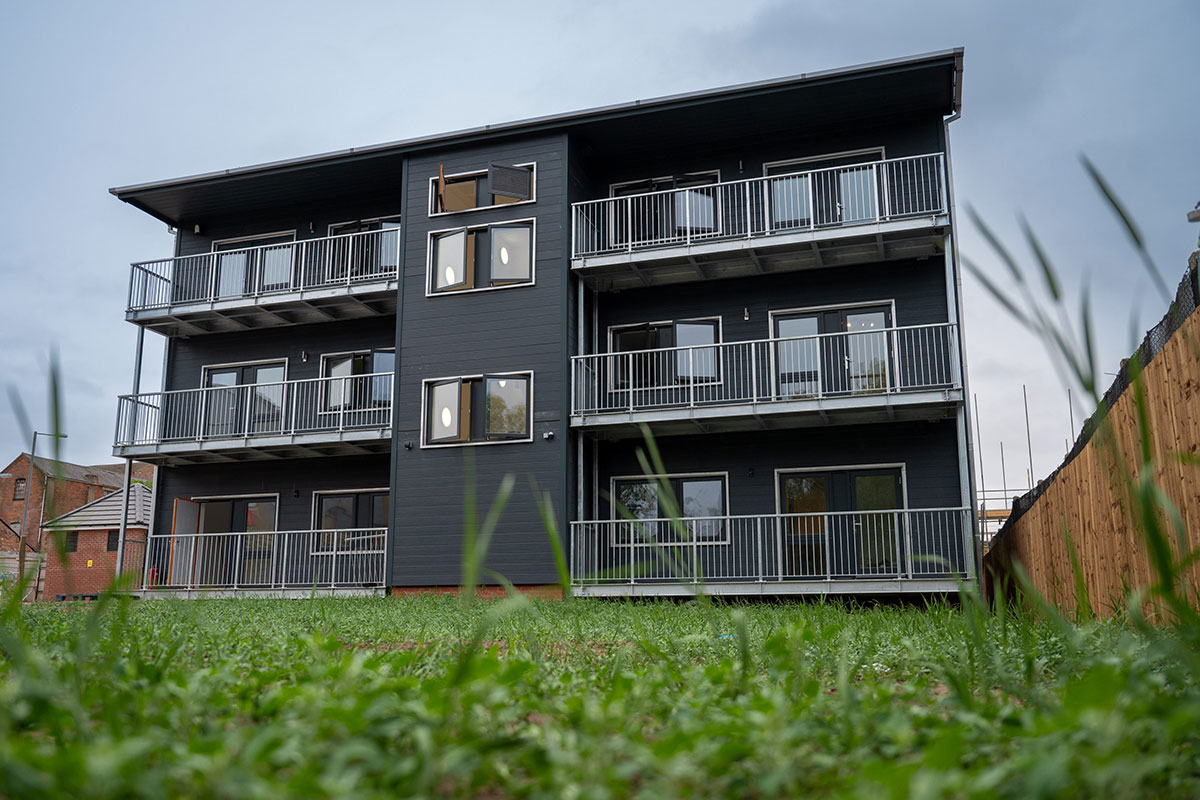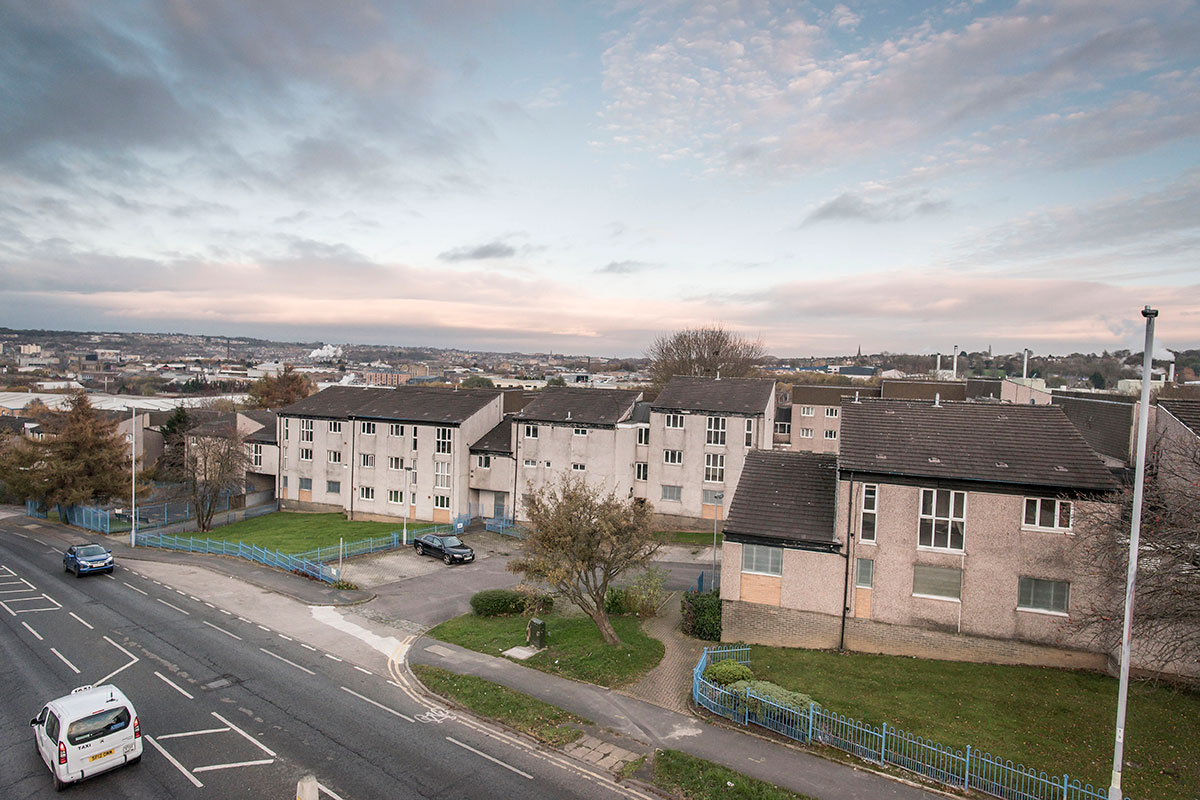Our reliance on plastic to build homes must change
Many people will not realise how much plastic goes into a newly built house. But if we are serious about building a new circular economy, we need to find alternatives. Our demonstration project might show the way, says Craig Currie
The use of plastics has been central to a more efficient, cost-effective approach to construction that has developed over the past 30 years, but are we doing enough to reduce the impact on our planet?
The construction industry consumes around 23% of all plastic produced In the UK, and according to a recent study from the Department for Environment, Food and Rural Affairs, plastic waste from construction increased 45.7% from 2016 to 2018 compared with a 2.7% decrease in overall plastic waste during the same period. Despite this, there are currently no targets in the sector for the reduction of plastic waste and plastic components.
We wanted to explore the scale of the challenge and what it would take to change our reliance on plastics in housebuilding. This led to a project that has seen us build the first development of virtually plastic-free homes in the UK, Europe and possibly the world.
The 12-home development in Redditch, West Midlands, received €1m EU funding from an Interreg project called CHARM (Circular Housing Asset Renovation & Management). This is a cross-European partnership aimed at exploring ways the housing sector can reduce its impact on the environment.
Souring natural plastic-free alternatives for the development proved just how reliant we are on plastic components. It is amazing just how many products used in construction contain plastic, including paint, sealant, and insulation. The plastic-free alternatives we sourced include mineral-insulated copper cable in internal electrical power circuits, natural paint solutions like graphene and lime paint, foam glass floor insulation, flooring using sisal and linoleum, and copper pipework with welded joints.
We were able to remove virtually all plastic from construction but some small elements we simply couldn’t source. We had intended to use timber for the outside cladding material, however for safety reasons, we had to change this to a cementitious board that contains minimal traces of plastic as a binding agent.
“The reliance on plastic we discovered during this project, and the fact some products are simply impossible to source, demonstrates the scale of the challenge that lies ahead of us”
We also discovered that no warranty provider was prepared to accept detailing for the building which replaced the vapour barrier with a board. Other small compromises include plastic intumescent strips for fire safety and the electricity meter, as utility companies were not prepared to change their standard meters.
Despite the introduction of these small elements to satisfy safety requirements, the development remains virtually plastic free.
The reliance on plastic we discovered during this project, and the fact some products are simply impossible to source, demonstrates the scale of the challenge that lies ahead of us. Here is the problem: it’s no surprise the materials we used and the cost of labour involved in this development were both significantly higher.
Making development more expensive and labour intensive will hamper our housebuilding ambitions and compromise our fundamental mission to help more people get access to a home. The goal is to deliver long-lasting, good-quality homes as cheaply and quickly as possible, and the widespread use of plastic is a fundamental part of this.
“Given the amount of plastic waste we currently use creating and regenerating homes, we are creating another major environmental challenge that future generations will need to contend with”
That means there is currently no incentive or viable way for us to make a shift away from their use. However, just as we are tackling the zero-carbon agenda head on, we must find a way to do the same on plastics.
To make change of this scale, we need clear incentives. Perhaps, as a starting point, we could look at measures such as incentivising the reduction and recycling of plastic in housebuilding in the same way legislation is forcing us to deal with decarbonisation and net zero challenges.
The solution to the problem may not be clear, but one thing is: given the amount of plastic waste we currently use creating and regenerating homes, we are creating another major environmental challenge that future generations will need to contend with.
Craig Currie, executive director of development, GreenSquareAccord
Sign up for our daily newsletter
Already have an account? Click here to manage your newsletters













